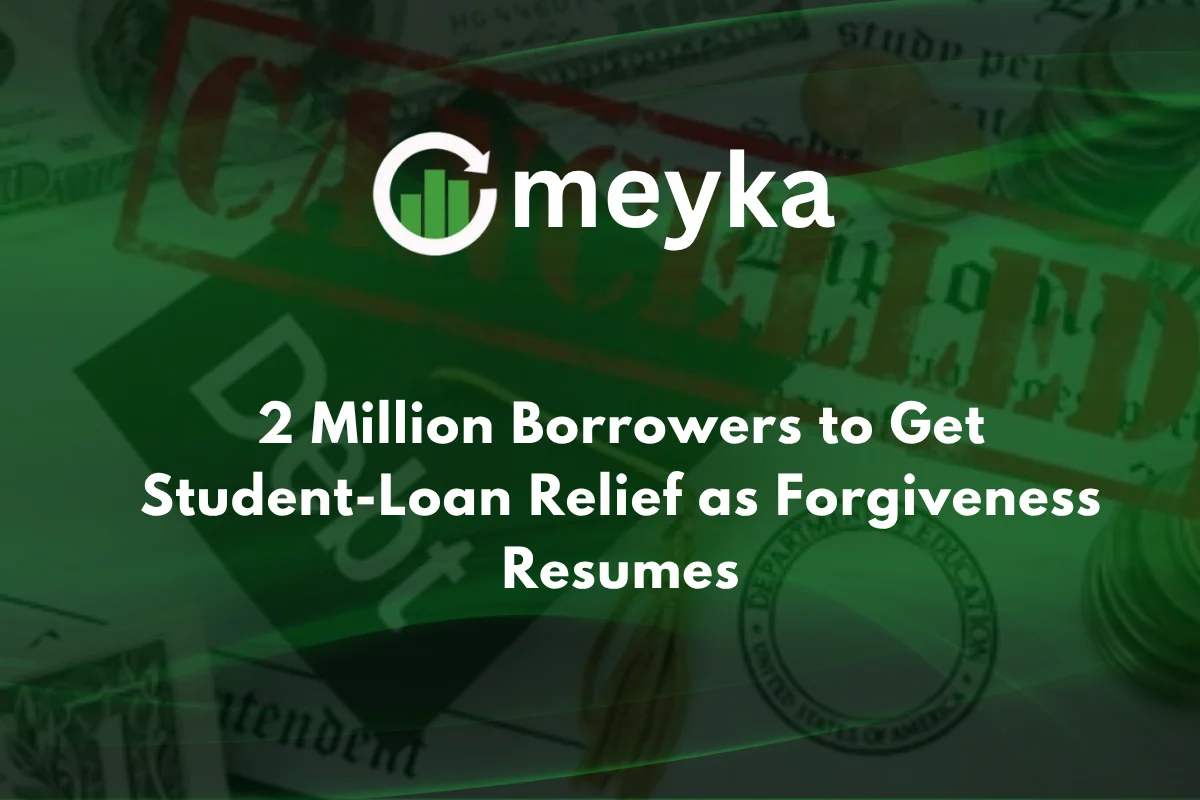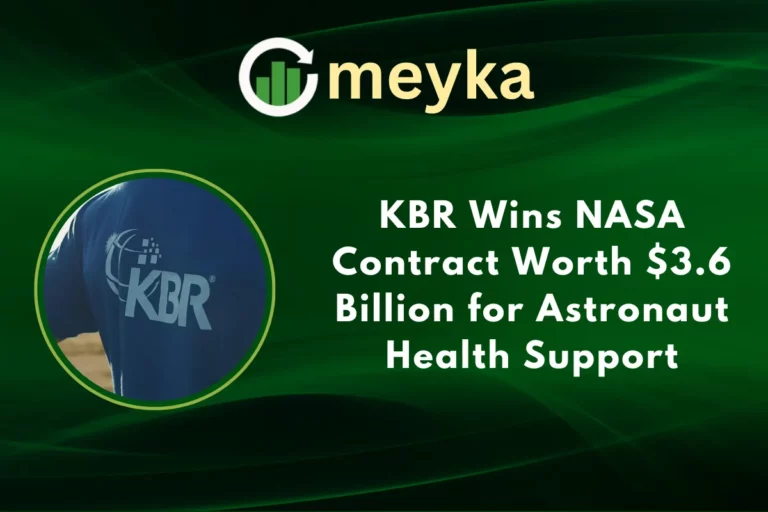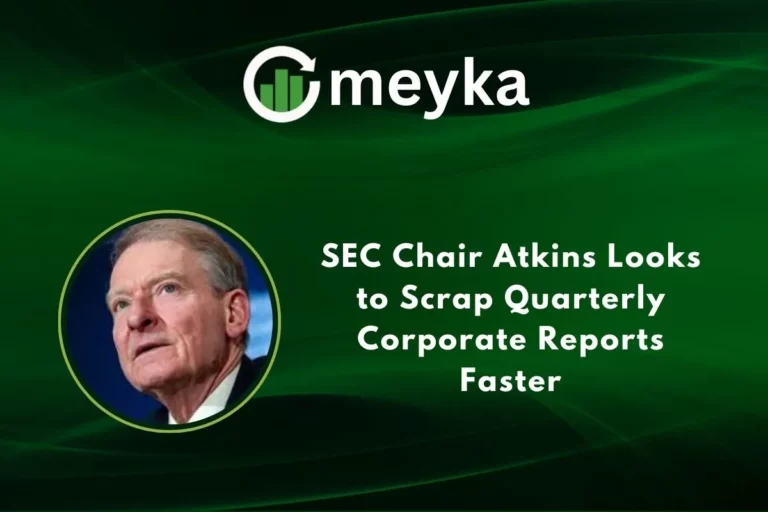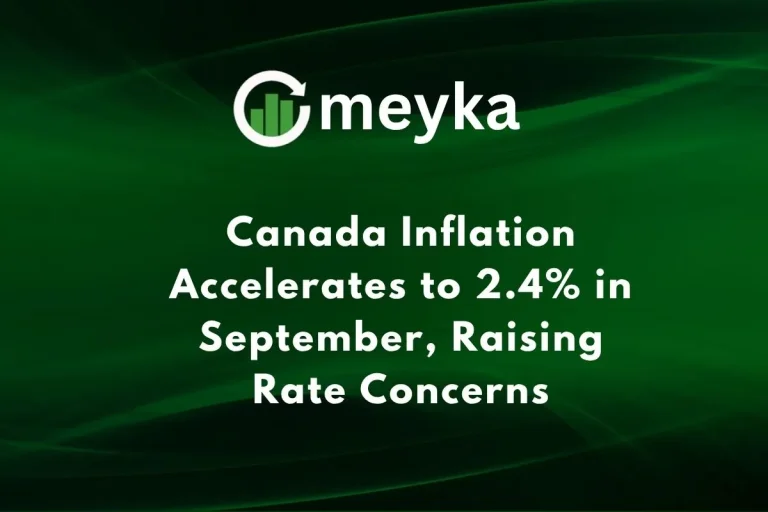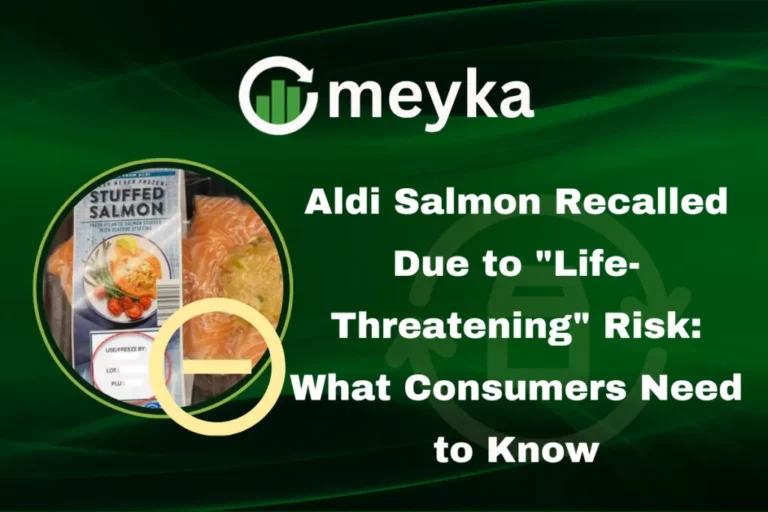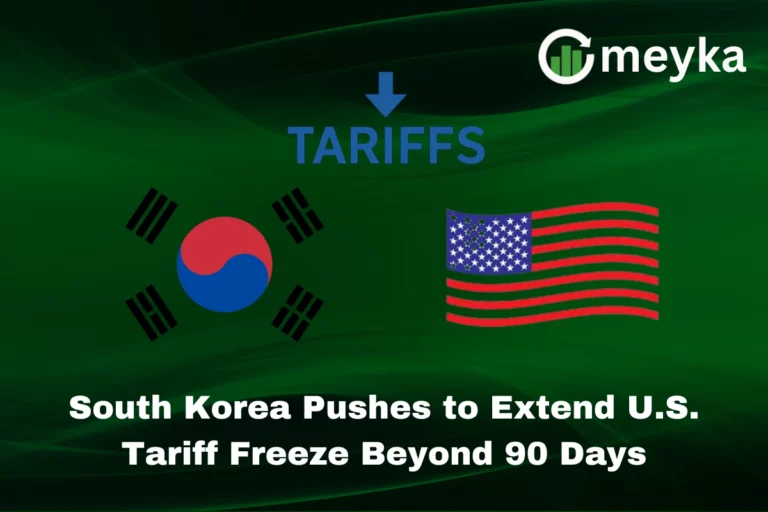2 Million Borrowers to Get Student-Loan Relief as Forgiveness Resumes
In a major policy shift, the U.S. Department of Education has resumed student-loan forgiveness, initiating relief for roughly 2 million borrowers enrolled in Income-Based Repayment (IBR) plans. This reactivation follows months of pause and uncertainty, and it brings renewed hope to eligible borrowers. Below, we break down the key developments, eligibility criteria, deadlines, and potential pitfalls relating to this renewed Student Loan Relief effort.
What’s Resuming and Why It Paused
The forgiveness under IBR had been suspended in July 2025 while the Department audited and verified borrowers’ payment counts.
Now, eligible borrowers are being notified via email that they have met the required threshold of 20 or 25 years of qualifying payments, and their remaining balances will be discharged unless they opt out.
The urgency is heightened by the looming expiration of a tax exemption on forgiven debt, included in the American Rescue Plan, which ends December 31, 2025. After that date, forgiven amounts may be taxable.
Additionally, changes under the current administration could rework other income-driven repayment plans, making this window critical for borrowers already in IBR.
Who Is Eligible for This Round of Relief?
IBR Enrollees Who Have Fulfilled Payment Years
- Borrowers must be enrolled in Income-Based Repayment (IBR) and have made 20 or 25 years of qualifying payments.
- Not all IBR enrollees qualify: only those whose calculated payment counts pass review will receive discharge notices.
Must Respond by Opt-Out Deadline if You Don’t Want Cancellation
Borrowers who prefer to continue making payments (perhaps to avoid tax or state liabilities) must opt out by October 21, 2025, by contacting their loan servicer.
If no opt-out is submitted, the Department and servicers will process the Student Loan Relief and discharge accounts, mostly within two weeks after the October 21 cutoff. Some cases may take longer.
Important Caveats
- Because the tax exemption ends at the close of 2025, borrowers forgiven after that date could owe income taxes.
- Relief under IBR is distinct from other income-driven plans, such as SAVE or PAYE, many of which face ongoing legal challenges or delays.
- Borrowers must verify their records, ensure accurate payment tallies, and watch for updates from their loan servicer.
Timeline & What to Expect
| Milestone | Details |
| Now | Emails sent to eligible borrowers announcing forgiveness decisions. |
| By Oct 21, 2025 | Opt-out deadline for those who don’t wish forgiveness. |
| Within ~2 Weeks of Oct 21 | Most account discharges should reflect in borrowers’ records. |
| Dec 31, 2025 | Tax-free forgiveness window ends. |
While most eligible borrowers will see results within this window, delays may occur due to administrative backlog or federal staffing challenges. Business Insider
What Borrowers Should Do Now
- Check Your Email & FSA Account
Confirm whether you’ve been notified, and log into your Federal Student Aid (FSA) account to monitor updates. - Review Payment Records
Ensure your payment history is accurate. If you encounter any discrepancies, please contact your loan servicer immediately. - Decide on Opting Out
If you want to decline forgiveness (perhaps to avoid tax consequences), contact your loan servicer before October 21. - Prepare for Potential Tax Implications
If relief is processed after December 31, 2025, forgiven amounts may be taxable as income. - Stay Informed About Broader Repayment Changes
The current administration has signaled intentions to restructure or eliminate certain income-driven repayment options.
Why This Move Matters
- Relief for entrenched borrowers: Many IBR borrowers have faced decades of payment without seeing the “finish line.” This resumption offers final discharge for those who qualify.
- Tax timing pressure: The sunset of tax-free forgiveness makes speedy processing crucial to avoid burdensome tax bills.
- Policy reset: The revival suggests a renewed federal commitment to Student Loan Relief, at least under current IBR frameworks.
- Demonstrates system fragility: The pause, audit, and restart highlight how legal and administrative challenges can stall debt relief efforts.
In sum, this resumption gives many long-waiting borrowers a window to claim relief, but timely action, awareness, and vigilance are vital.
FAQs
IBR calculates monthly payments based on income and family size, specifically for that plan, with forgiveness after 20 or 25 years. Other plans like PAYE or SAVE have different formulas or forgiveness conditions.)
Not yet. SAVE and some other income-driven plans are suspended in parts or entangled in legal challenges, so those discharges are not resuming in this current wave.
It depends on your loan servicer and timing. Once forgiven, reversal might not be permitted. If in doubt, speak with your servicer before the opt-out deadline.
Disclaimer:
This content is made for learning only. It is not meant to give financial advice. Always check the facts yourself. Financial decisions need detailed research.
